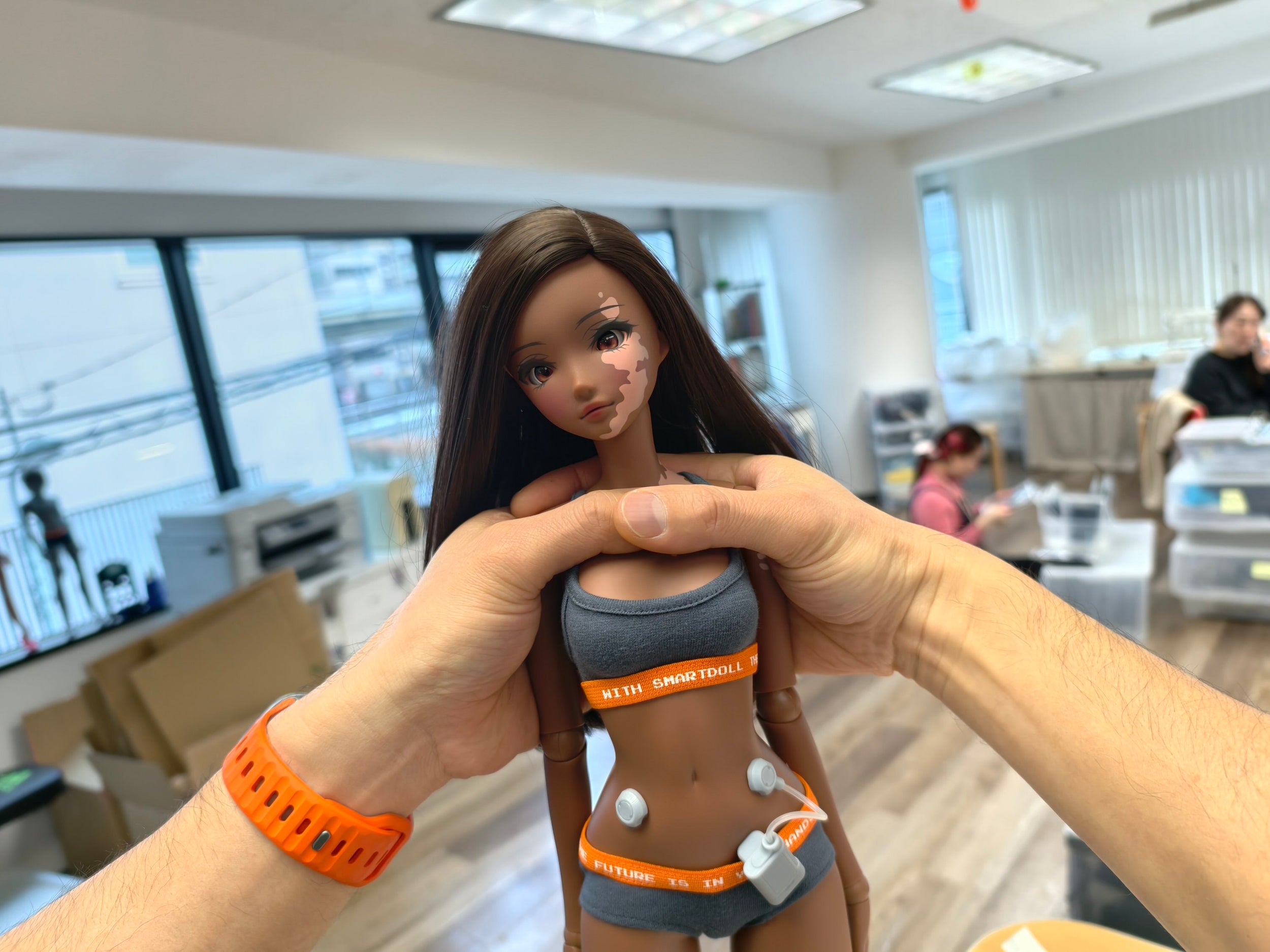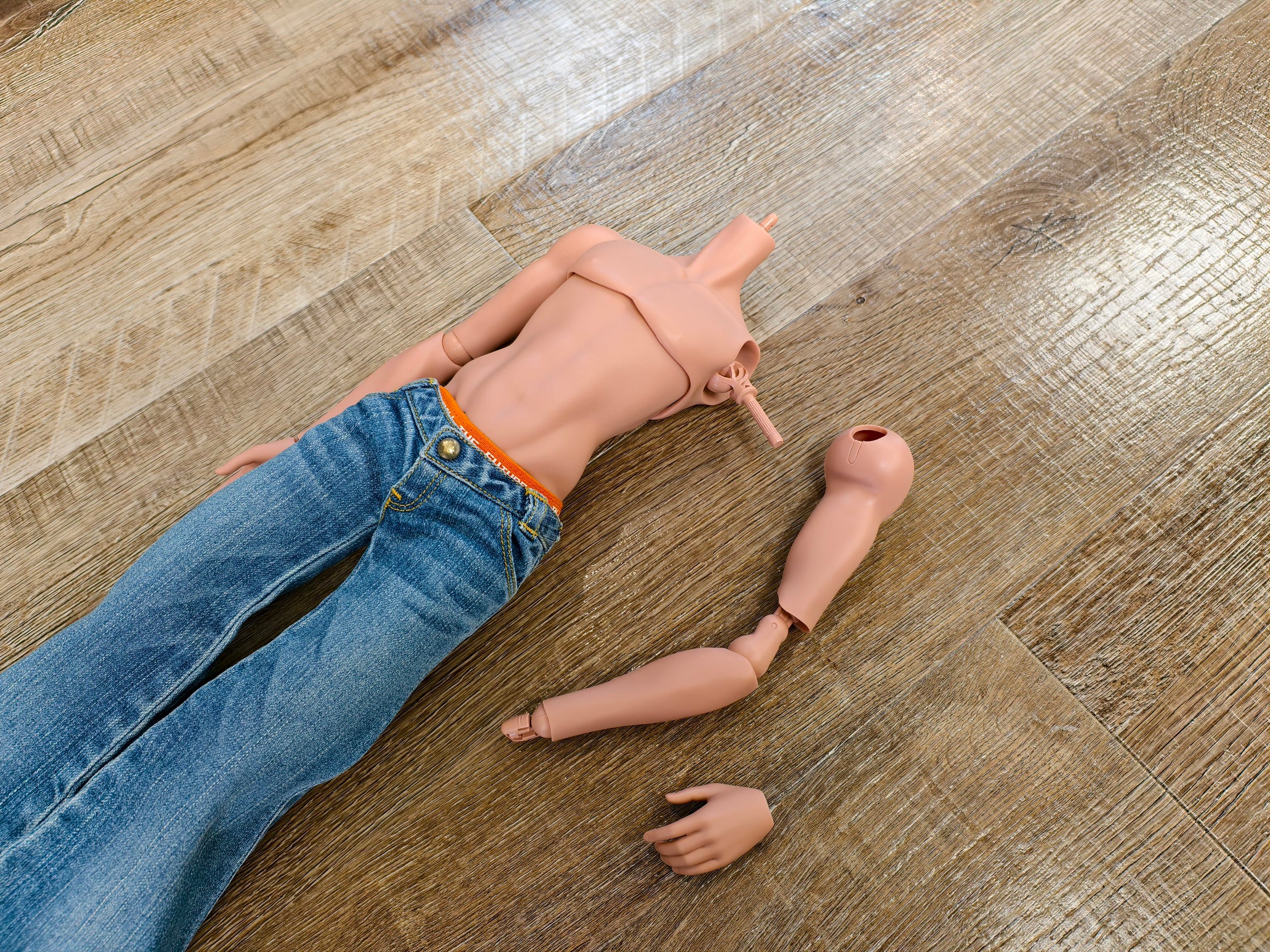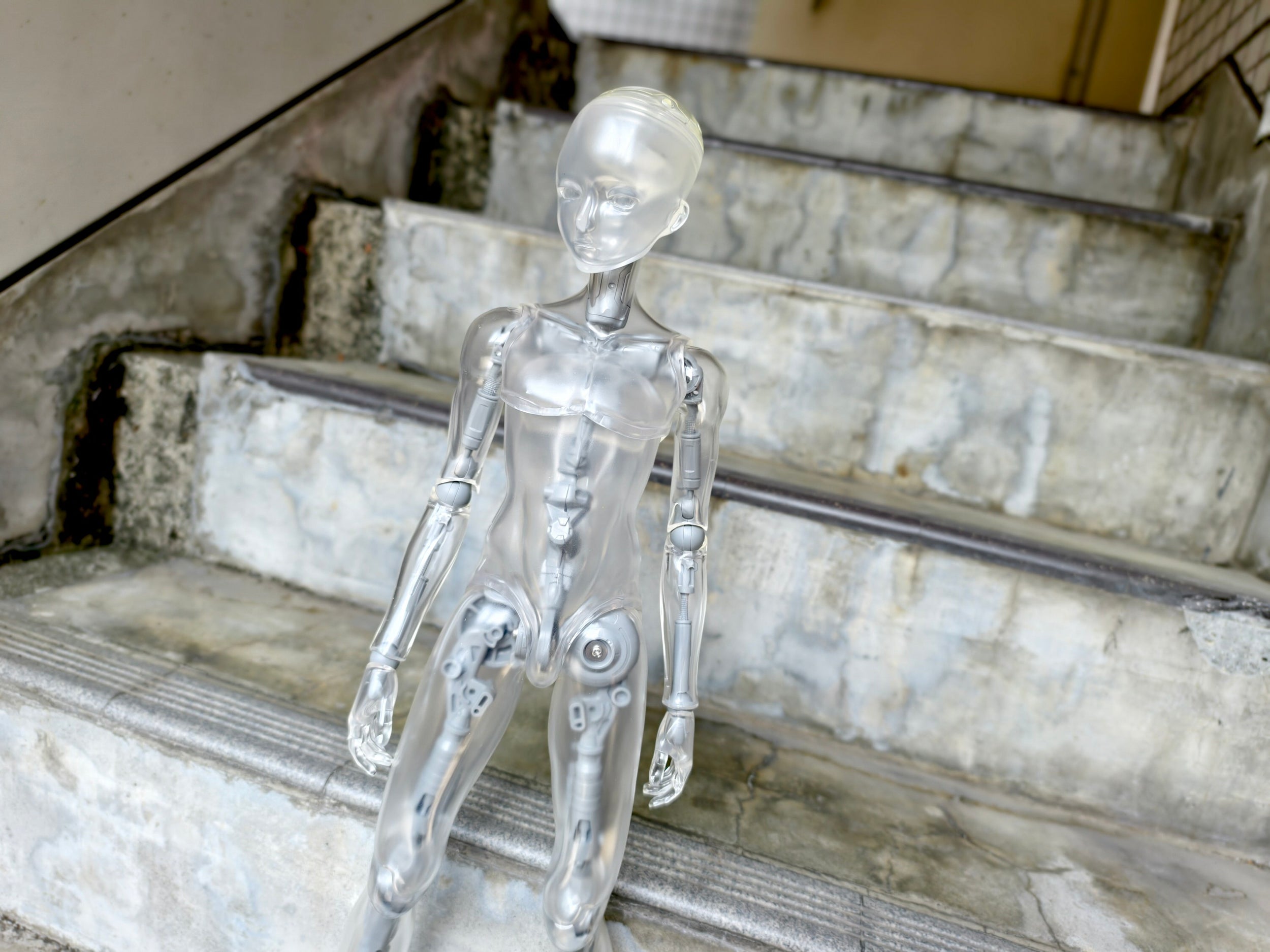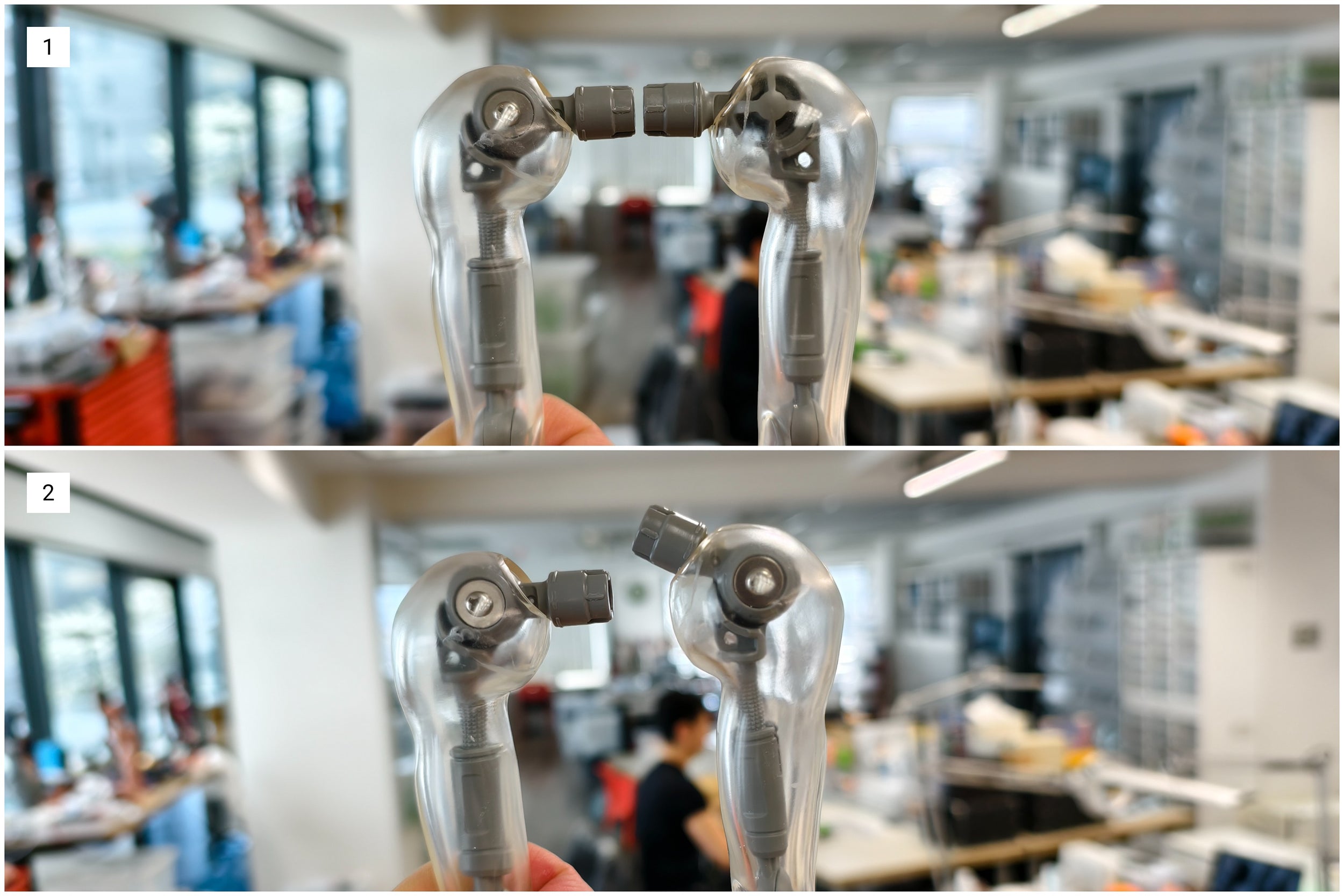Fixing Arm Problems
This flips the shoulder frame (image 1), preventing the arm from resting naturally at the body’s side. To fix this, remove the arm and rotate the shoulder frame back 180 degrees until it matches image 2. If needed, use a hairdryer to soften the vinyl, but be careful to avoid burns. If using tools like pliers, pad the teeth with a sponge to prevent damage, and most importantly, take care not to injure yourself or others.
Other Articles in “ Care Care ”
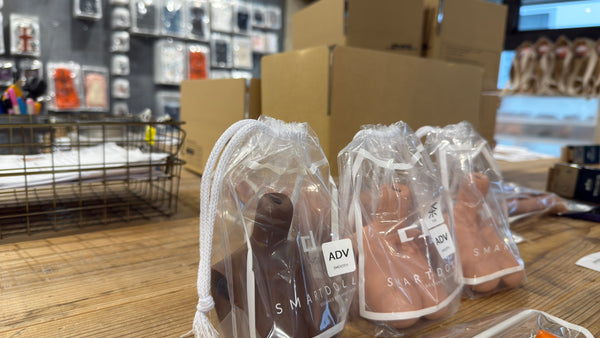
Squished parts during transit
Due to the nature of sofubi material—especially soft-grade parts—they can sometimes get squished during transit. In most cases, simply releasing them from the box allows them to return to their... ( learn more learn more )

How to fix loose heads
If you regularly remove your Smart Doll’s head—whether to change clothes or to “neutralize” them at night (because a headless Smart Doll can’t run around the kitchen)—you may notice over... ( learn more learn more )
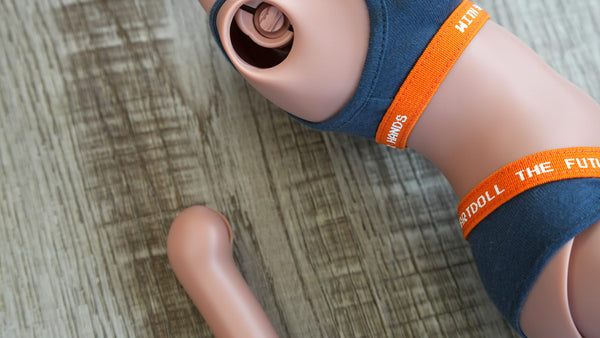
Before You Buy - Warranty & Returns
If you’re considering a Smart Doll, it’s important to understand that our warranty and return policies are quite different from platforms like Amazon, which often accept returns unconditionally—regardless of the... ( learn more learn more )

 While the head and hands will be vinyl - you have a choice of two different types of body - one is referred to as Cortex and the other as Vinyl. Both body types are pre-built.
While the head and hands will be vinyl - you have a choice of two different types of body - one is referred to as Cortex and the other as Vinyl. Both body types are pre-built.
